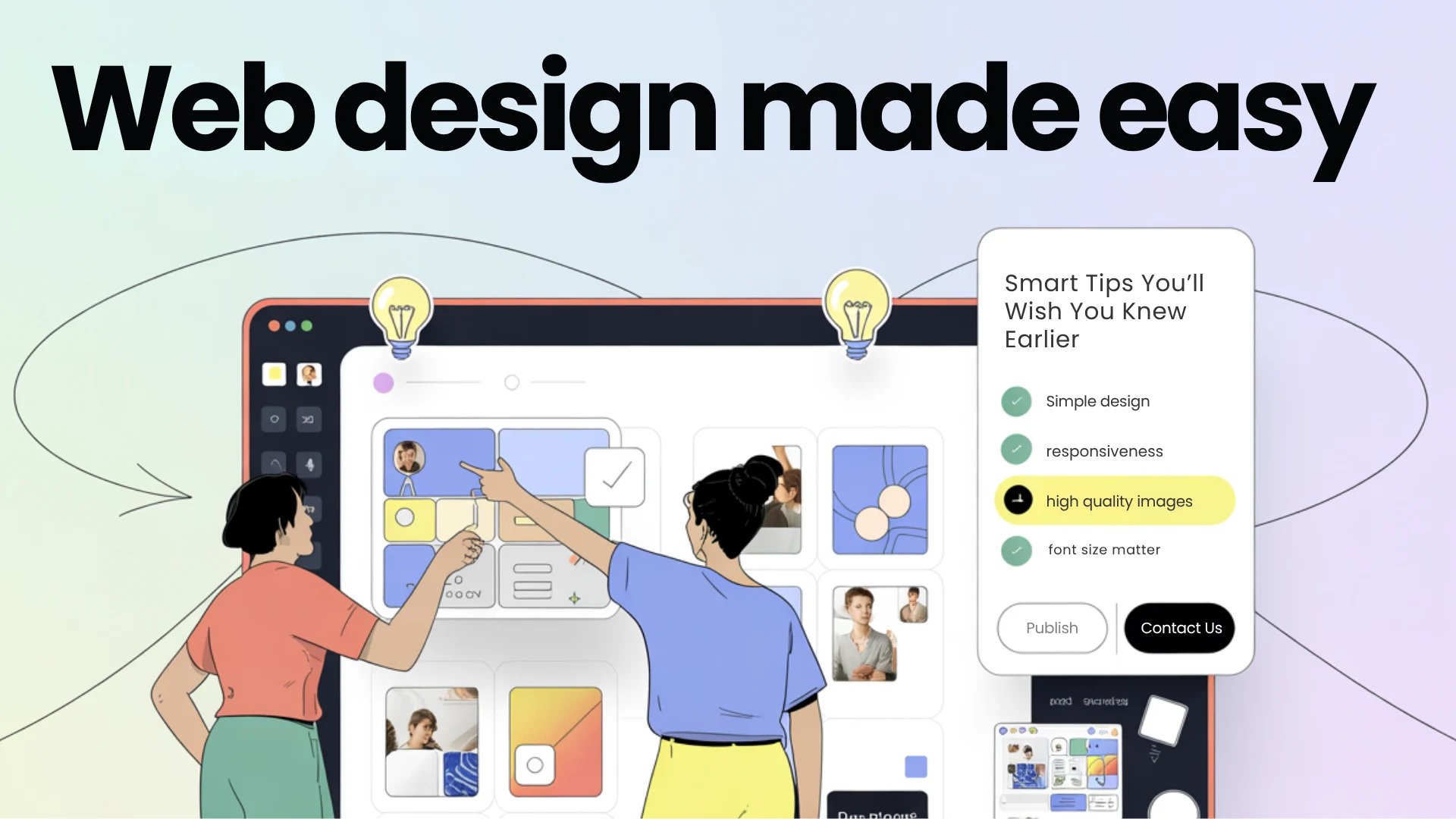
Effective design eases navigation for the visitors through your site. Having every page easy to understand and read, and which does not take time to load, is the goal. A well-designed site can grab their attention and move them toward an action.
You don’t need to be a code person or a design school grad to get something to work. In this blog, we will talk about some easy web design or redesign tips to assist you in making better design decisions at the beginning.
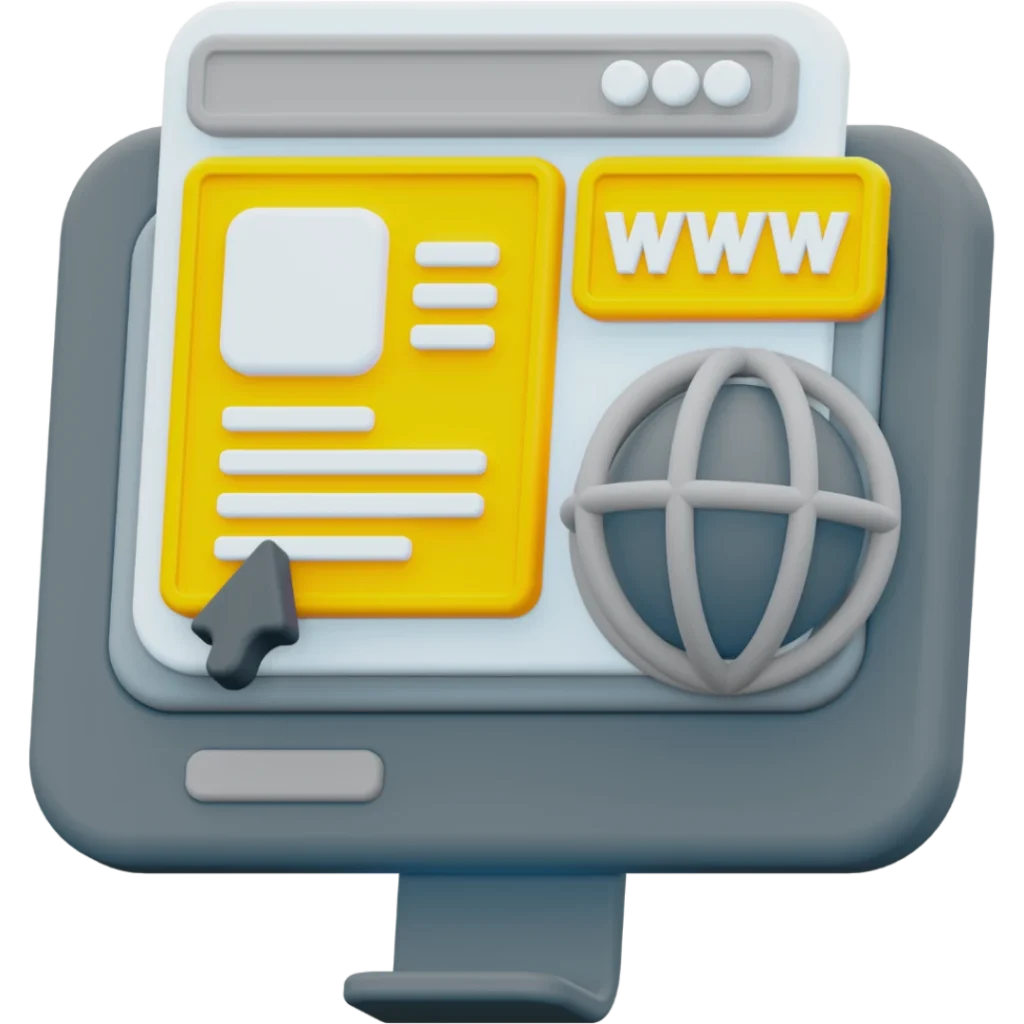
Too many boxes, colors, or fonts will scare off visitors. Making the layout simple enables users to focus on the essentials. Restrict the amount of colors and fonts to two or three, and use one strong font. Make use of white space to give space between things.
Menus need to be available. Avoid hiding them behind buttons or animations. Clear design provides trust.
Fonts should be readable. Serif fonts don’t really work; something like Arial, Roboto or Open Sans is better. Stick to one body font, one title font. Keep your site with similar font sizes.
It is harder to read when font size changes too often and the layout of your site seems cluttered.
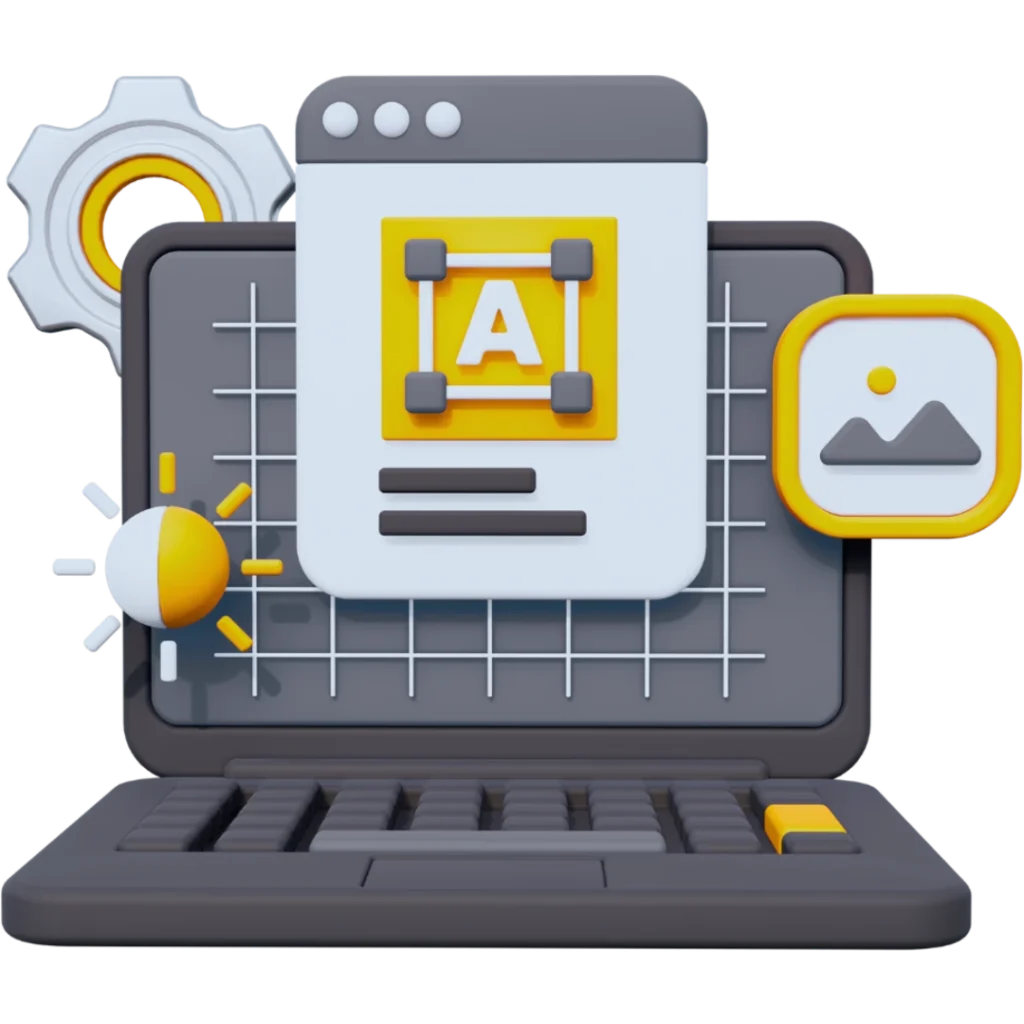
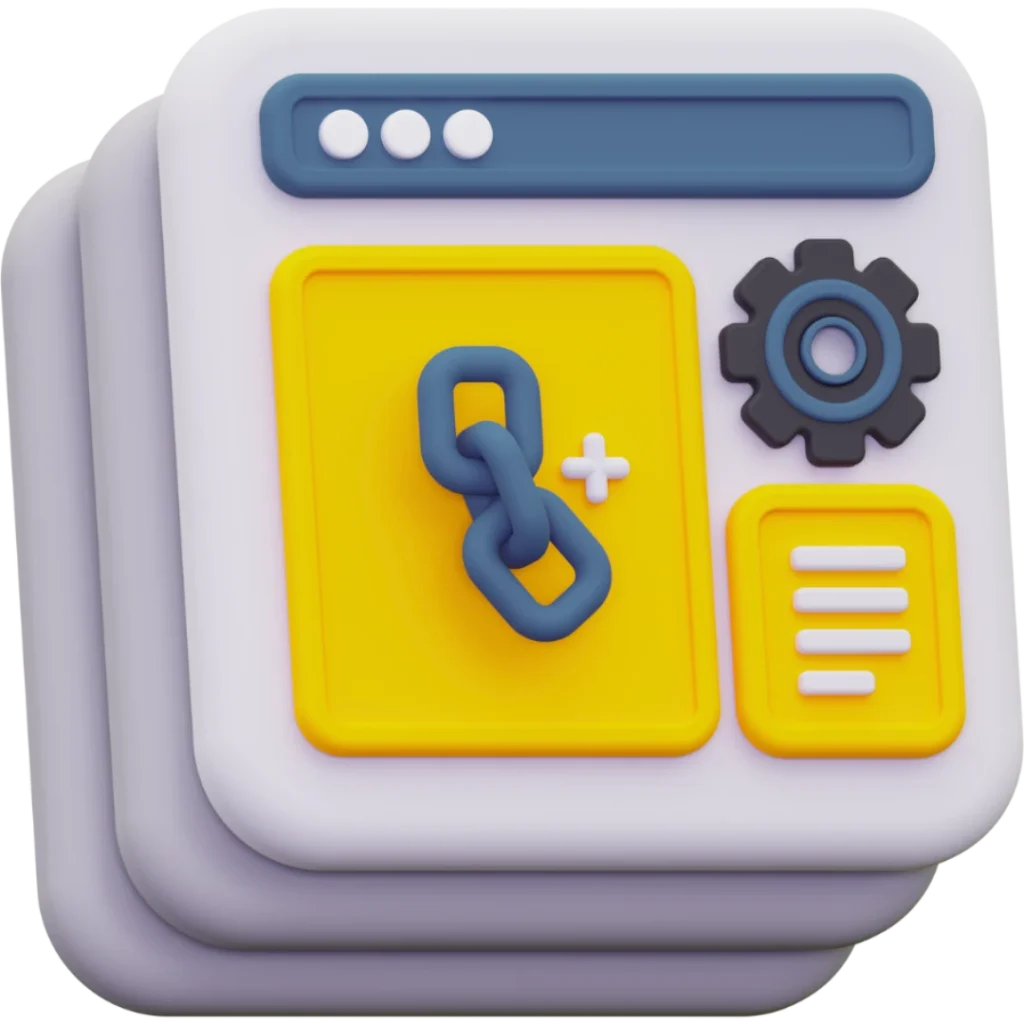
People must be able to locate what they are looking for in a few clicks at most. Menus need to use short, descriptive terms like “Home,” “Services,” and “Contact.” Too many options in drop down menus need to be avoided.
Add a search box if your site contains five or more pages. Simpler to navigate, an obvious layout gets people there faster.
A majority of the visitors browse on phones. Mobile-first design makes you concentrate on the important things. Buttons will need to be big enough to tap, no need to zoom text and pictures should be loaded promptly.
Don’t stack things in proximity to each other. Put your site through various screen sizes before going live.
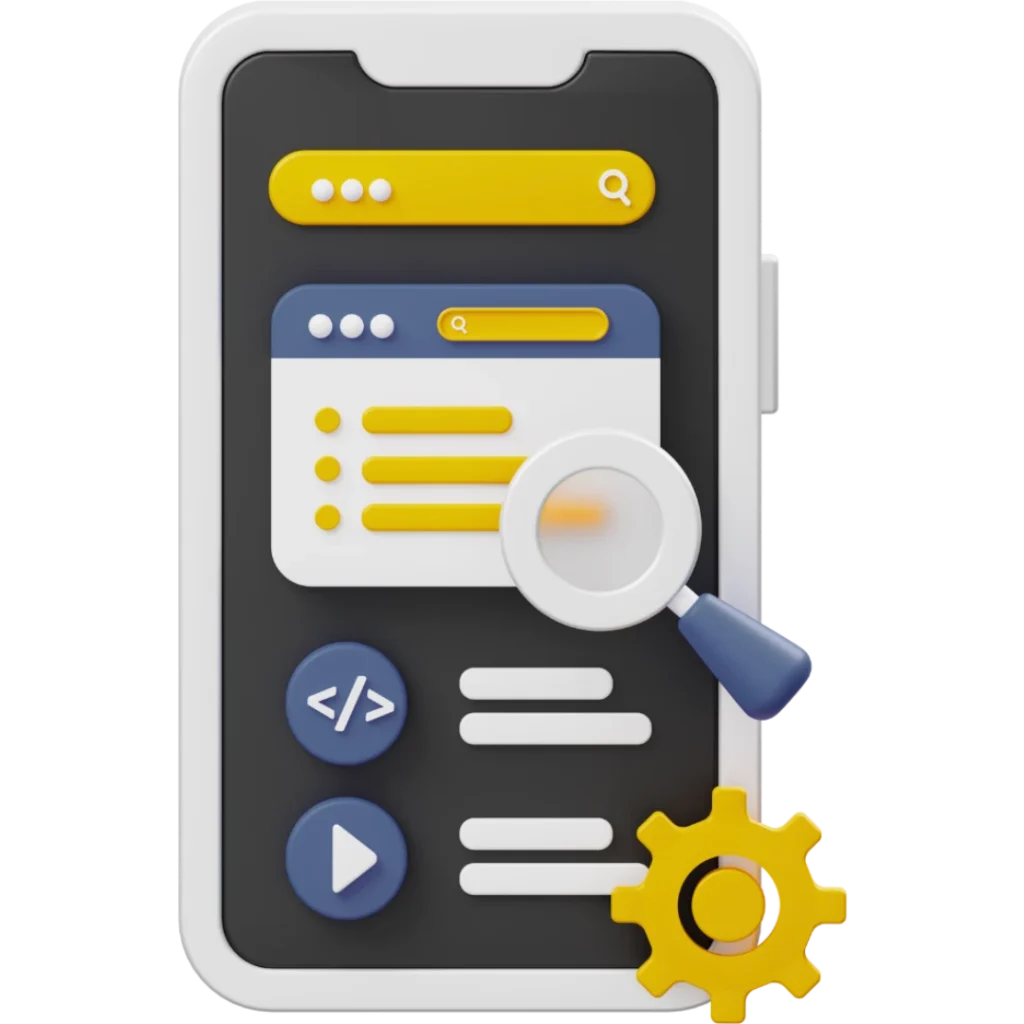

Images and graphics must be crisp. Do not use pixelated or stretched images. Apply consistent styles between pages. Images must enhance your content, not draw attention away from it.
Compress files beforehand so as not to slow down the site.
Quick websites make users stay on the page longer. Big images, unorganized code, and excessive plugins can make the site slow. Compress images, delete unused functionalities, and select a good hosting service.
Test for speed with metrics like PageSpeed Insights.
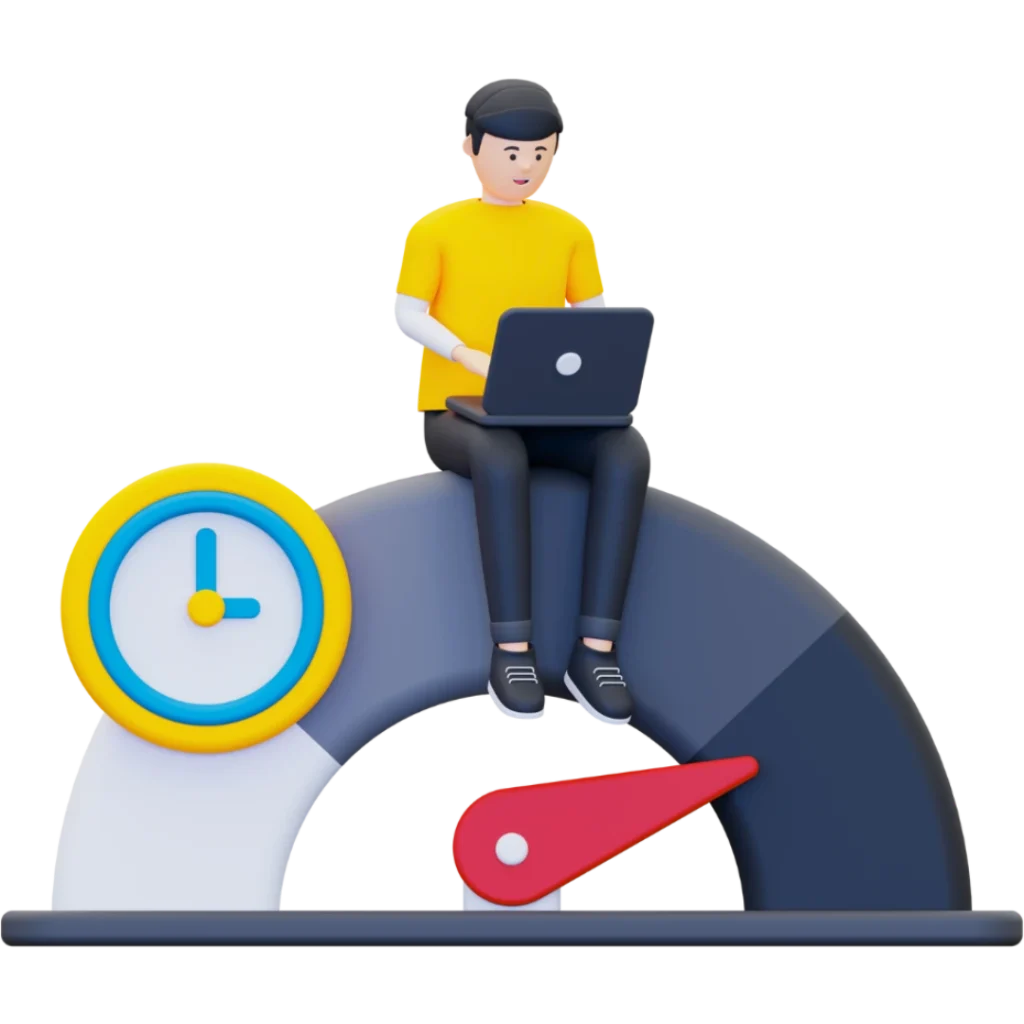
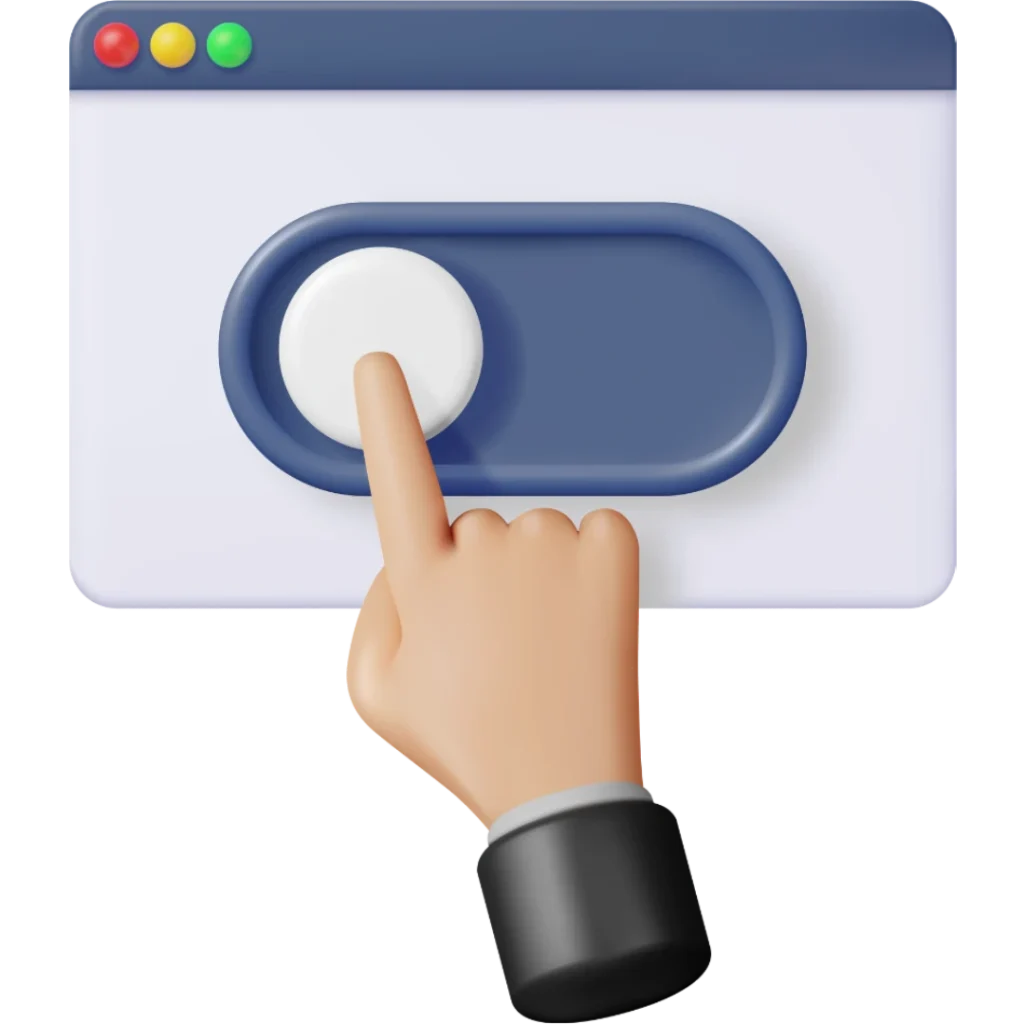
One call to action per page, click a button, fill out a form, or read more. Ensure the action is prominent. High contrast for buttons and short labels like “Start Now” or “Book a Call.”
Don’t over-buttin’ pages with too many buttons.
Human beings place their trust in word of mouth. Display testimonials, reviews, and recognizable client logos. Place them near contact forms or price areas. Add names and images if you can.


Search engines understand headings to read your content. Have one H1 tag per page for the main title. Use H2s and H3s for secondary titles. Keep your keyword usage organic.
Alt text within images also enhances SEO and accessibility.
Test your site on various devices and browsers. Update broken links, delete stale information, and search for design problems. Ensure all buttons are functional. Have others test your site and report back.
Performing this every month keeps bigger issues at bay.
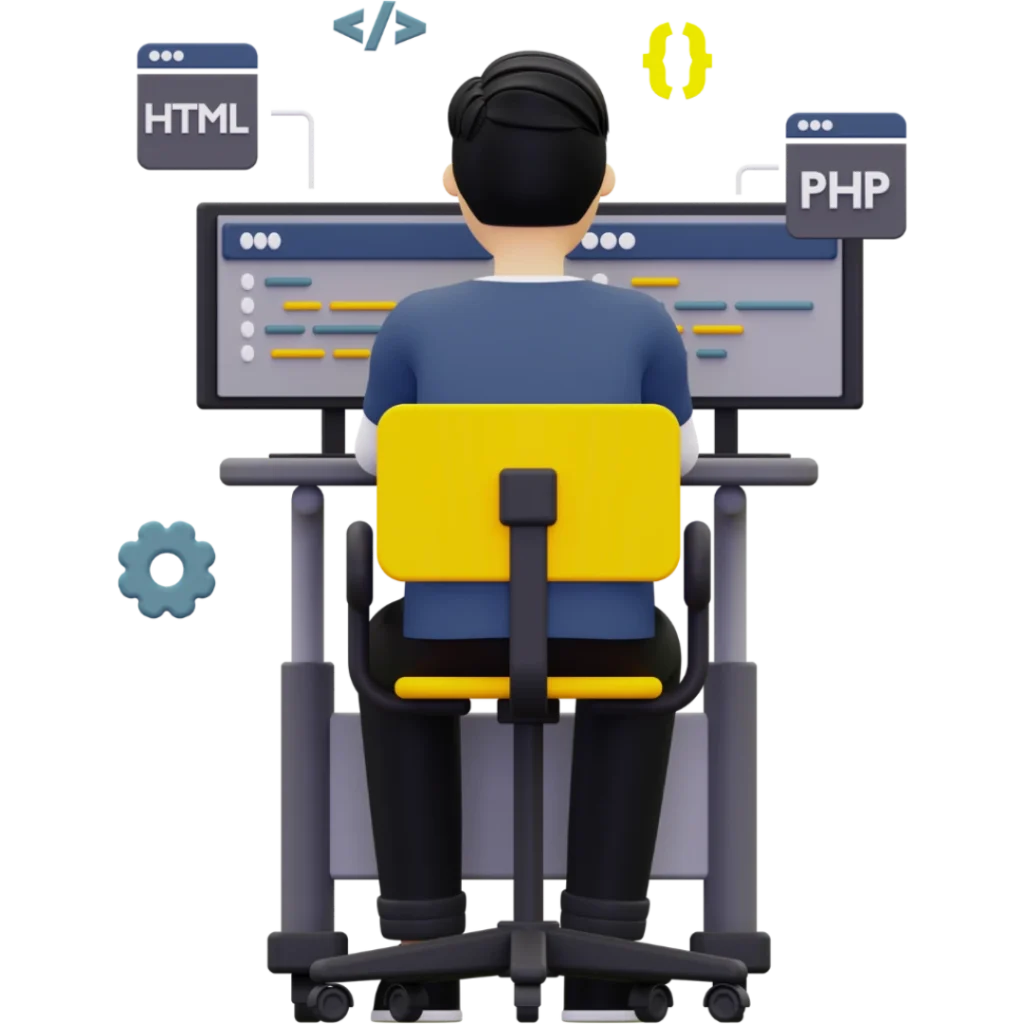
Design must not be complicated as such. The minor changes might be combined and lead to a great influence on the way users relate with your site. Good design makes things easy to understand, faster to load and more friendly to your visitors.
Use these web design tips as a guideline. Along the way, you can fine-tune to fit the best interests of your users.